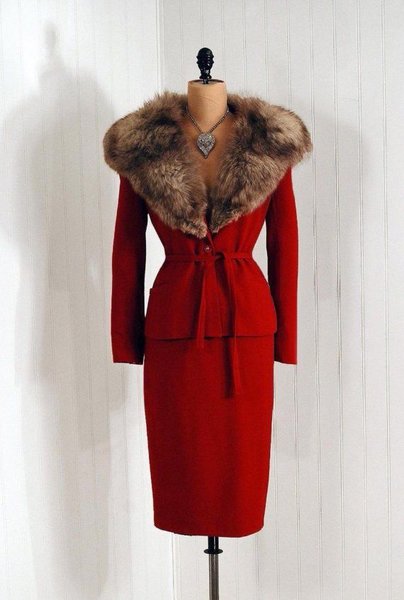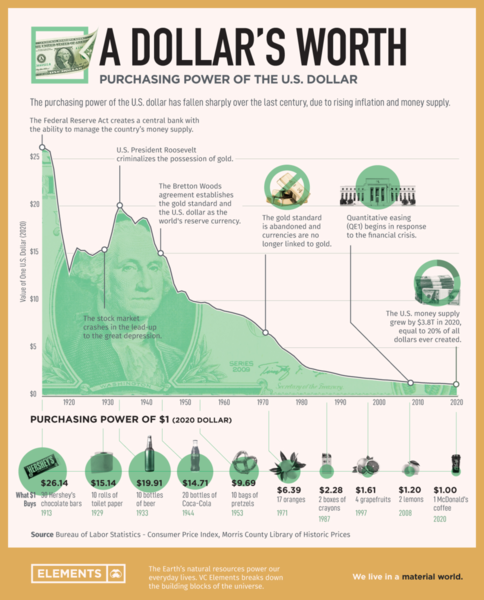standaloneprotein
Senior Member
- Joined
- Jun 16, 2018
- Messages
- 168
- Reaction score
- 150
As I was writing a post, I wondered how much our lifestyle influences how we use and wear our garments.
We, as individuals (and as a society) are more active than 20-30 years ago. With a more active lifestyle, some clothing will show signs of wear faster. As consumers, we demand better quality but we are also doing more with the clothing we use.
A heavy, single speed, corded drill will work and will last longer than a lightweight, cordless, multi-speed/torque drill but again, the demands are changing. Tools were overbuilt mostly because they did not know how much material/steel the tool actually needed to fulfill its job.
I always thought that there is a misconception regarding quality. As technology and society evolves, our demands increase. As we become more educated, our demands will also increase. The development of new fabrics and blends allow designers and tailors to give garments properties that have never been heard of before.
People often talk about cotton quality but most of the cotton produced around the world is GMO, and I would not be surprised if most of it is extra-long staple cotton. I totally understand that how the fabric is woven makes the difference but the raw material should make a difference too.
I would not argue about manufacturing exodus. Ultimately, companies realized that most of the people were not willing to pay for high quality items.
The biggest problem is, how do you quantify the decline in quality?
It's complicated this world we live in.
We, as individuals (and as a society) are more active than 20-30 years ago. With a more active lifestyle, some clothing will show signs of wear faster. As consumers, we demand better quality but we are also doing more with the clothing we use.
A heavy, single speed, corded drill will work and will last longer than a lightweight, cordless, multi-speed/torque drill but again, the demands are changing. Tools were overbuilt mostly because they did not know how much material/steel the tool actually needed to fulfill its job.
I always thought that there is a misconception regarding quality. As technology and society evolves, our demands increase. As we become more educated, our demands will also increase. The development of new fabrics and blends allow designers and tailors to give garments properties that have never been heard of before.
People often talk about cotton quality but most of the cotton produced around the world is GMO, and I would not be surprised if most of it is extra-long staple cotton. I totally understand that how the fabric is woven makes the difference but the raw material should make a difference too.
I would not argue about manufacturing exodus. Ultimately, companies realized that most of the people were not willing to pay for high quality items.
The biggest problem is, how do you quantify the decline in quality?
It's complicated this world we live in.
Last edited:
![Baldy[1] :brick: :brick:](/styleforum_ads/smilies/baldy[1].gif)











